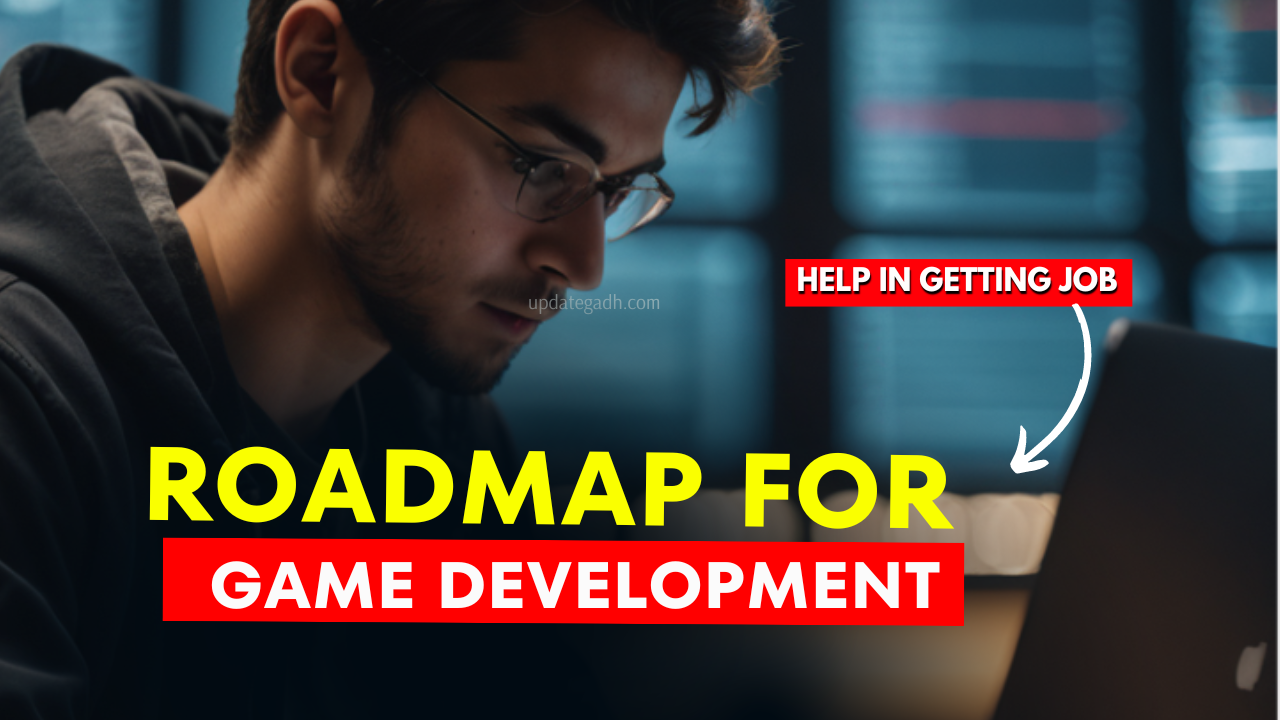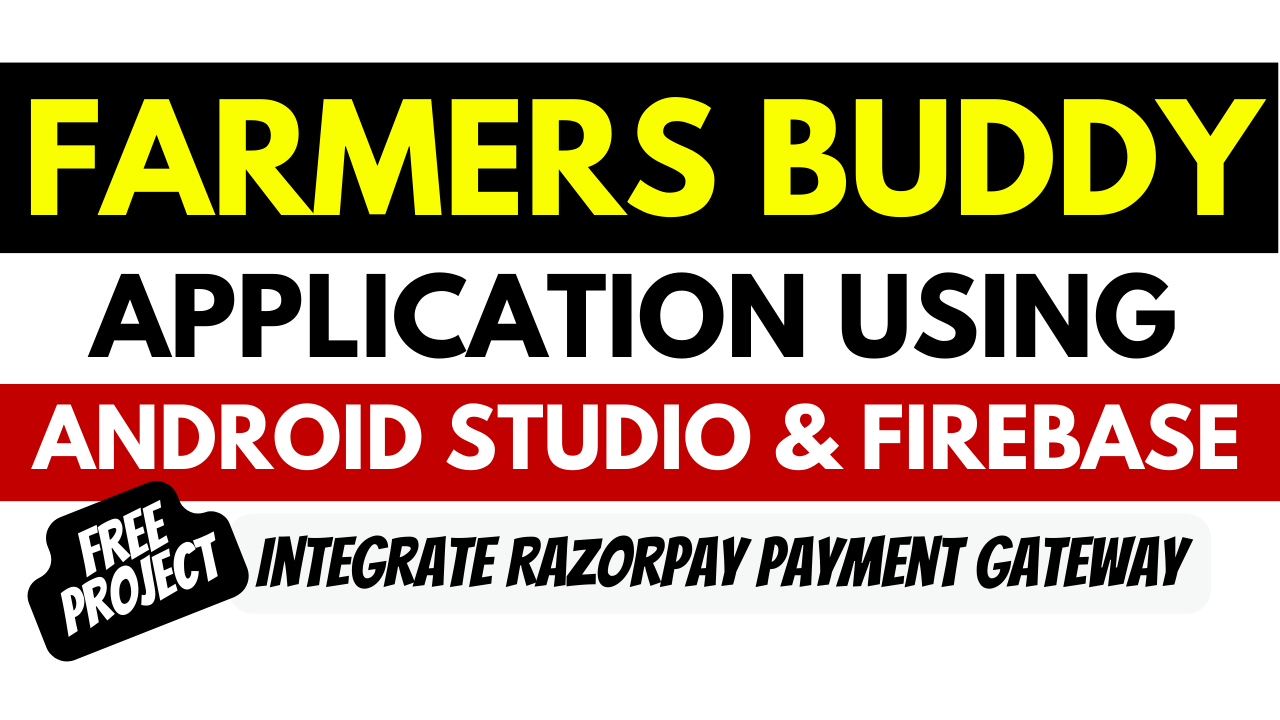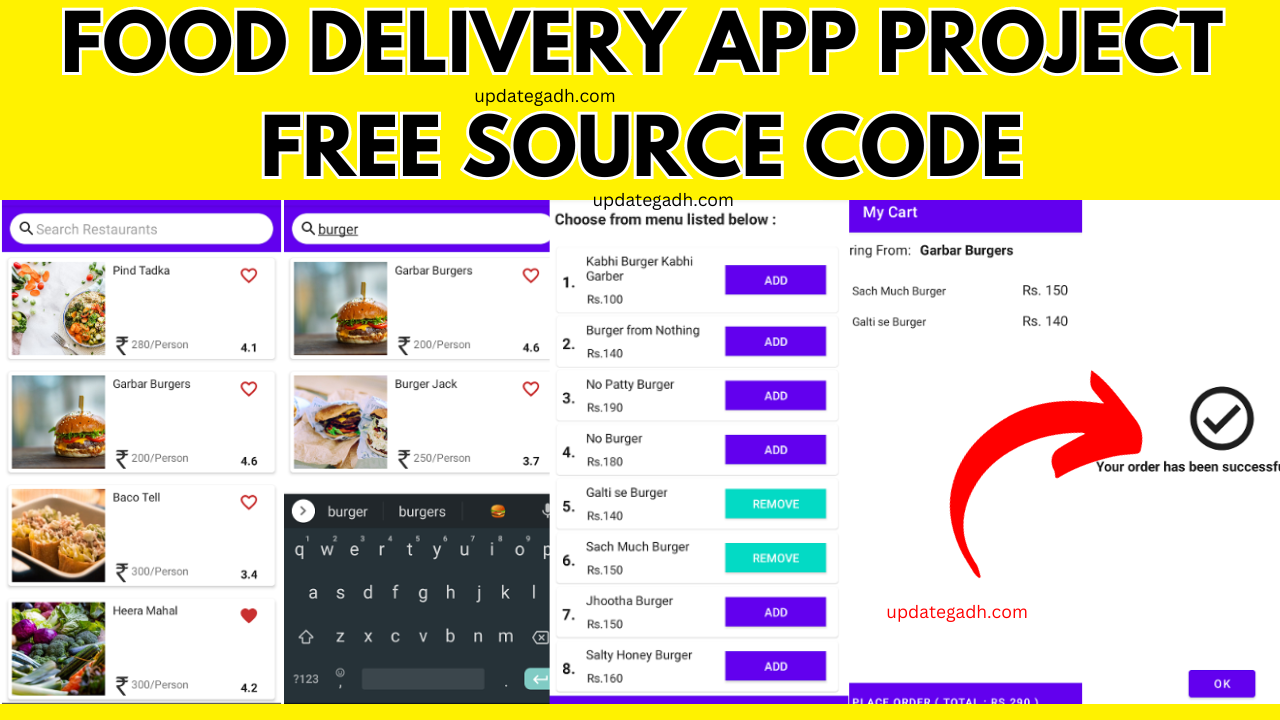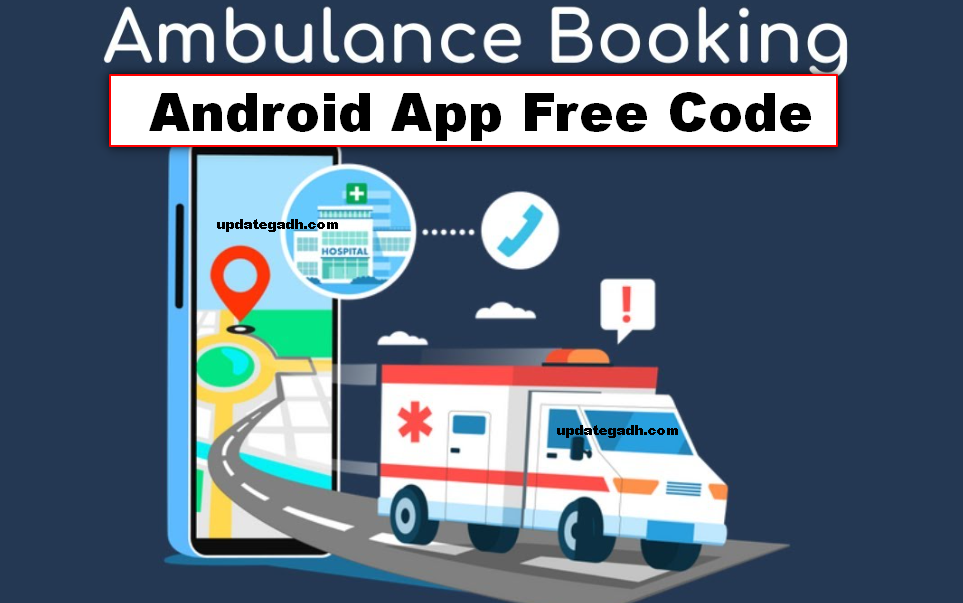Roadmap for Game Development: Step-by-Step Guide 🎮
Game development is an exciting field that combines creativity, technology, and storytelling. Whether you’re a beginner looking to start your journey in game development or an experienced developer seeking to expand your skills, understanding the process is essential. This step-by-step roadmap will guide you through the fundamental aspects of game development, helping you build the skills and knowledge needed to create engaging and immersive games.
Table of Contents
Step 1: Understanding Game Development Basics
Before diving into the technical aspects, it’s crucial to understand what game development entails. Game development is the process of designing, creating, testing, and releasing games. It involves various disciplines such as programming, graphic design, animation, audio production, and more. Understanding these basics will help you decide which areas you want to specialize in.
Key Concepts:
- Game Design: The art of defining the game’s rules, storyline, characters, and mechanics. This is where the creative aspect of game development shines.
- Game Programming: Writing code to implement the game design. This includes logic, physics, artificial intelligence, and more.
- Art and Animation: Creating visual elements, including characters, environments, and special effects.
- Audio: Developing sound effects, music, and voice-overs to enhance the gaming experience.
- Testing: Ensuring the game runs smoothly and is free of bugs or glitches.
What is AI (artificial intelligence)
Step 2: Choose a Game Development Platform
Choosing the right platform is a critical decision in game development. The platform will influence your development process, the tools you use, and your target audience. Common platforms include:
- PC and Consoles: Popular among hardcore gamers and offer powerful hardware capabilities.
- Mobile Devices: The fastest-growing gaming platform, reaching a wide audience.
- Web Browsers: Accessible to anyone with an internet connection, ideal for casual games.
- Virtual Reality (VR) and Augmented Reality (AR): Emerging platforms that offer immersive experiences.
Top 10 Spring Boot Projects You Must Try: Detailed Guide
Step 3: Learn a Programming Language
Programming is the backbone of game development. Different languages serve different purposes, so your choice will depend on the type of game you’re developing and the platform. Commonly used programming languages in game development include:
- C++: Widely used for high-performance games, especially on consoles and PC.
- C#: The primary language for Unity, one of the most popular game engines.
- JavaScript: Used for web-based games and is essential for developers working with HTML5.
- Python: Great for beginners due to its simplicity and readability.

Step 4: Master Game Engines
Game engines are frameworks that provide tools and functionalities to simplify game development. They handle tasks such as rendering graphics, processing input, and managing physics. Popular game engines include:
- Unity: Supports 2D, 3D, AR, and VR game development. It’s beginner-friendly and has a large community.
- Unreal Engine: Known for its stunning graphics and is used for high-end PC and console games.
- Godot: Open-source and lightweight, suitable for both 2D and 3D games.
- GameMaker Studio: Offers a drag-and-drop interface, making it accessible for beginners.
Step 5: Develop Game Design Skills
Game design is where your creativity comes to life. It involves creating the concept, characters, plot, gameplay mechanics, and levels. To excel in game design, you should:
- Study Game Theory: Understand what makes games engaging, fun, and challenging.
- Play Different Games: Analyze and learn from various game genres.
- Create Prototypes: Start with simple prototypes to test your ideas and concepts.
- Learn Level Design: Understand how to create levels that are interesting and balanced.
- Complete Python Course : Click here
- Free Notes :- Click here
- New Project :-https://www.youtube.com/@Decodeit2
- How to setup this Project Complete video – Click here
Step 6: Learn Graphics and Animation
Visuals play a significant role in attracting players and enhancing the gaming experience. You need to understand how to create and manipulate graphics and animations. Key areas include:
- 2D Art and Animation: Learn to use tools like Photoshop or GIMP for creating sprites and animations.
- 3D Modeling and Animation: Use software like Blender, Maya, or 3ds Max to create 3D models and animations.
- User Interface (UI) Design: Design intuitive and attractive menus, buttons, and HUDs.

Step 7: Incorporate Sound and Music
Sound effects and music are vital for creating an immersive gaming experience. They set the mood, provide feedback, and enhance the overall atmosphere of the game. Here’s how to get started:
- Sound Design: Learn to create and edit sound effects that match your game’s theme.
- Music Composition: Compose or source music that fits the game’s mood and setting.
- Voice Acting: If your game includes dialogues, consider voice acting to bring characters to life.
Step 8: Testing and Debugging
Testing is a crucial step to ensure your game runs smoothly and is free of bugs. It involves:
- Playtesting: Play your game to identify bugs, glitches, and balance issues.
- Automated Testing: Use automated tests to check for errors in the game’s code.
- User Testing: Have others play your game and provide feedback.
Step 9: Release and Market Your Game
Once your game is complete and tested, it’s time to release it to the public. This involves:
- Choosing a Distribution Platform: Platforms like Steam, App Store, Google Play, or itch.io.
- Marketing Your Game: Use social media, game forums, and other channels to promote your game.
- Gathering Feedback: Listen to player feedback to improve your game and fix any issues.
Step 10: Keep Learning and Improving
Game development is a constantly evolving field. To stay relevant and improve your skills:
- Follow Industry Trends: Keep up with the latest trends and technologies in game development.
- Join Communities: Participate in game development communities and forums.
- Attend Game Jams: Join game jams to challenge yourself and learn from others.
- Practice Regularly: Keep creating new games and experimenting with different ideas.
For more game development tutorials and resources, stay tuned to our blog!












Real Estate very informative articles or reviews at this time.